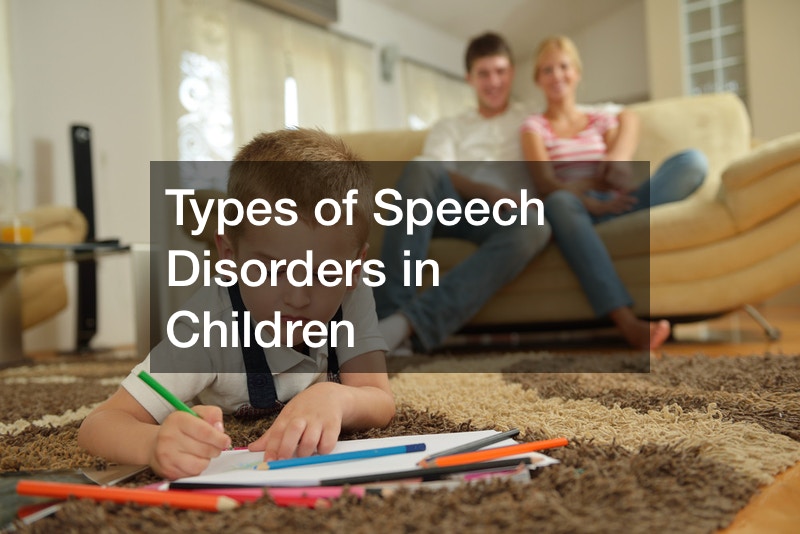The quality of speech changes, as well as difficulty articulated, and labored speech.
Dysarthria is due to muscle and nerve injury. The disease is result of nerve damage vital to speech. For instance, if there’s damage to the nerves that provide the tongue, mouth, as well as vocal cords.
The condition can be related to nerve damage and has multiple causes. It may begin at the early stages of growth for babies as they remain in the body. Also, it can begin prior to birth due to conditions like cerebral palsy and muscular dystrophy. The disorder can also be caused by tumors.
Damage to the muscles cannot be treated through SLPs. SLPs won’t also be able aid children who suffer from injury to the nerve. Thus, the vast majority of effort is focused on dealing with dysarthria symptoms through behaviors changes. For instance, an SLP could help a child reduce the speed at which he or speaks. They also can provide breathing training and muscle exercises in order to heal the muscles associated with speech.
Spasmodic Dysphonia
Spasmodic Dysphonia is a permanent disorder that may affect a child’s voice, is lasting. This happens when the child attempts to speak. The result is a weak voice which could also be described as shaky, grunting as well as jittery or tight. The condition may cause speech emphasis to shift significantly in certain cases. The majority of speech language pathologists are experts in treating spasmodic Dysphonia.
The cause of this condition is determined due to a range of reasons. The most common cause is neurological changes as well as muscles tone issues. But, it’s quite difficult to identify the vocal cord spasms that are the cause of a shaky voice. In order to diagnose the problem, SLPs often team up with an earnose and throat doctor. To determine the exact diagnosis the neurologist will be recommended.
After the diagnosis is complete,
alw3et8dhk.
